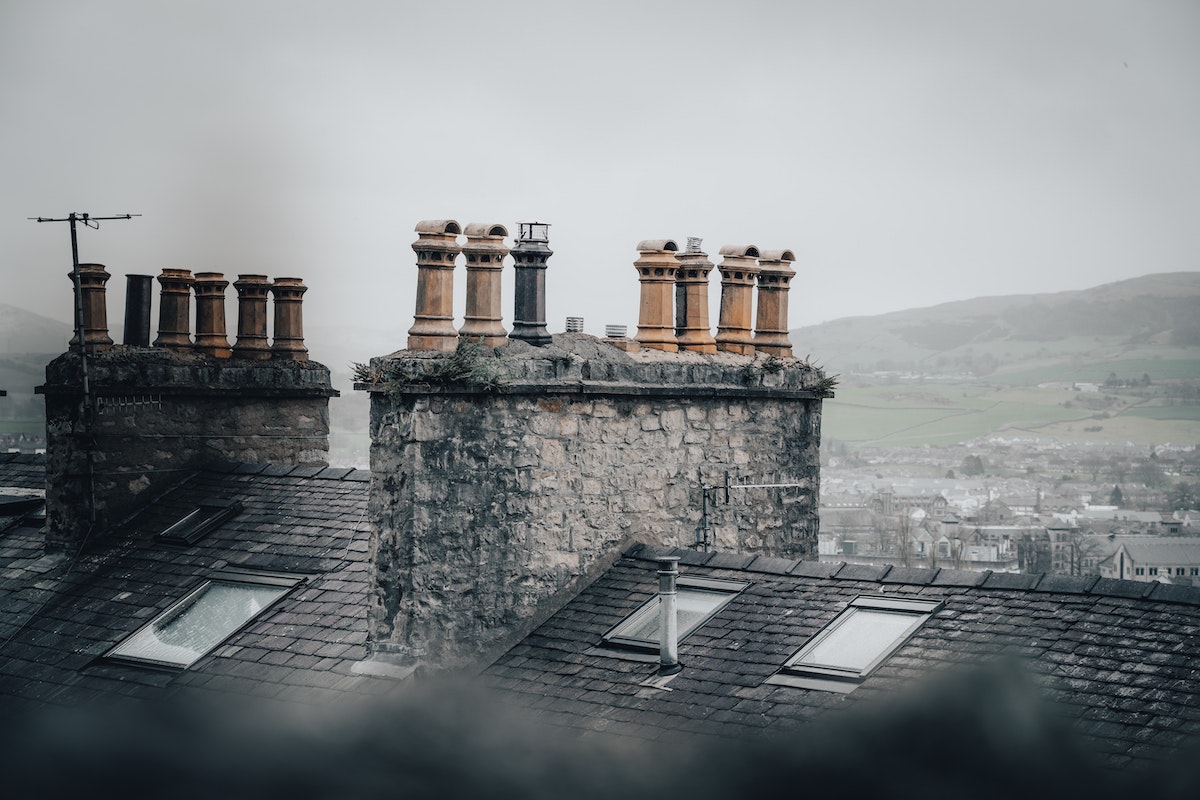
News & Blog
If you are thinking of renewing the roof on an older property, there are many things to consider.
The roof of a property not only protects it from the good old British weather, it is also a historic part of the building itself. Furthermore, if the property is listed, consent may be needed before any changes are made – especially if these changes involve altering the existing covering or internal structure!

Older, period and heritage roofs in England are usually covered with natural slate. If these slates are starting to slip, then the roof could be suffering from ‘nail sickness’ or ‘nail fatigue’.
Renewing the roof of an older property doesn’t necessarily mean that all the roof is in need of roof replacement or all slates have to be replaced. It is common for a percentage of the existing slates to be reused and roofers will usually make an allowance for any replacement slate within their quotation. This will be a best guess based on their experience. However, if the existing slates are not in as good a condition as anticipated, then further costs could be incurred for sourcing further replacement slates.
When renewing the roof of an older property, replacement slates are usually sourced second hand from reclamation yards in order to obtain a better match to the original slate. If it is necessary to purchase new slate then these should be installed in a way whereby they are not noticeable to the eye.
Where lead work is concerned, it is not unusual for lead to be recycled if it is in good condition.
In the case of ridge tiles, always try to keep the original ridge tiles and do not replace unless absolutely necessary.
Chimneys, unfortunately, are prone to letting water into the property. This is largely down to the fact that chimneys are no longer used for the purpose they were originally designed! The stone is porous and does tend to let water in.
However, all the external features of a property are what give a property its’ character. As such these characteristic features should not be changed when renewing the roof of an older property. This includes the chimney pots. As part off the charm of a property, they should be kept even if they are no longer in use!
Many older properties have decorative features to the exterior such as finials. When renewing the roof of an older property these should be carefully removed and re-fixed later into their original position.
Every effort should be taken to preserve these original decorative features and there are experts out there who can lovingly restore these features if they have become damaged over the years.
When renewing the roof of an older property, every care should be taken to preserve the existing roof structure.
The historic roof purlins and roof trusses should be repaired rather than replaced. If these have been damaged by rot over the years, specialist heritage roofers should be able to repair these timbers or know an expert who can.
These timbers will have been in situ since the property was built and replacing them should be avoided unless absolutely necessary. If it is necessary to replace the purlins or rafters then it is best to seek the advice of an architect or surveyor with experience in dealing with historic properties and older buildings.
The roof battens are usually replaced when replacing the roof covering.
You do not usually need consent for roof repairs if you are using matching, like for like materials.
If the house is listed or in a conservation area you will need Listed Building Consent to alter the roof’s shape, height, pitch or roof covering. When performing any kind of roofing work on a listed building, whether it be Grade 1 listed or Grade 2 listed, care must be taken to ensure that all work carried out is in keeping with the building’s original features.
You will also need consent if you wish to add rooflights. In conservation areas this usually needs planning permission so check with your local authority prior to commencing any roofing work.
You will need to apply for Listed Building Consent is you wish to carry out the following type of work:
It is worth remembering that it is a criminal offence to carry out work which needs listed building consent if you have not obtained permission beforehand.
A planning authority can insist that all work carried out without consent is reversed. You should therefore always talk to the local planning authority before any work is carried out to a listed building.
A property owner will always have trouble selling a property which has not been granted Listed Building Consent for any renovation works which have previously been carried out.
If you would like help and advice on renewing the roof of an older, heritage or period property then please contact us today.

If you're looking to re-roof your property and need a solar or heritage roofing specialist, we can usually offer you an idea of price without visiting your home
Get in touch